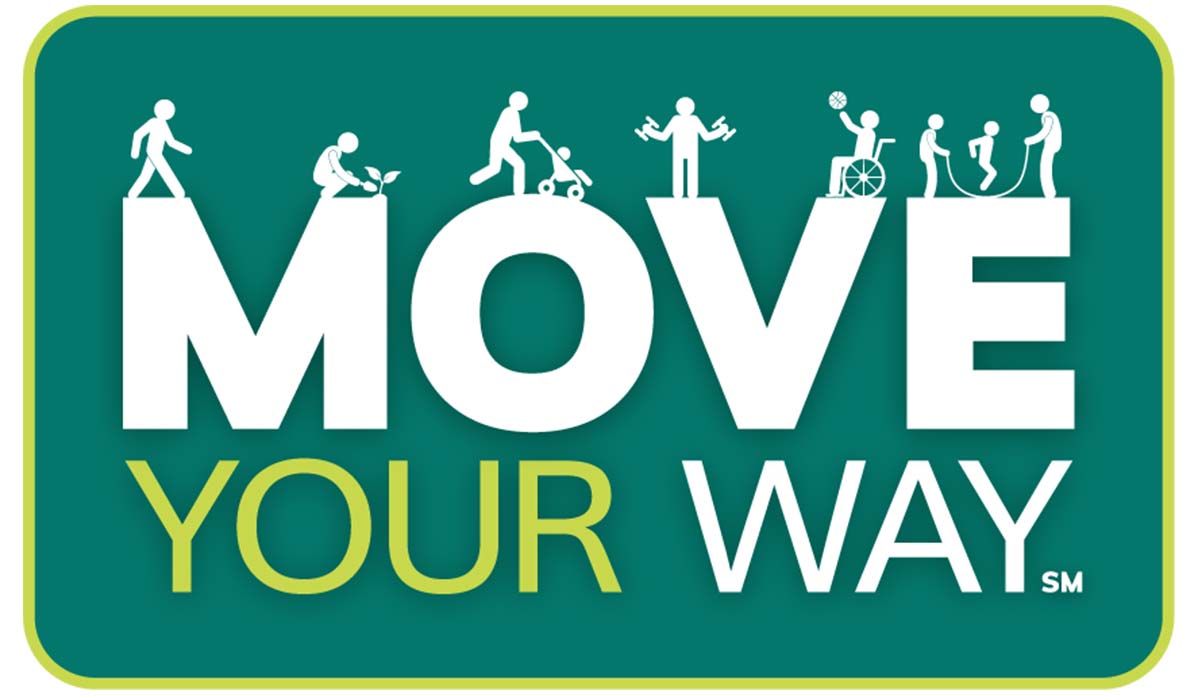Research consistently shows that physical activity is a “magic pill” that can help ward off chronic diseases and positively impact how people feel, function, and sleep. Despite myriad benefits, only about 20 percent of Americans report sufficient physical activity. This means most people living in the United States are at unnecessary risk for chronic diseases and conditions.
The US Department of Health and Human Services (HHS) recently updated the Physical Activity Guidelines for Americans (PAG). The PAG provides guidance on the types and amounts of physical activity that provide substantial health benefits. The principal concept of the PAG is that regular physical activity over months and years can produce long-term health benefits. Some health benefits are immediate, like lower blood pressure and improved mood, and even short episodes or small amounts of physical activity are beneficial.
Key Guidelines
The main messages of the PAG are the “key guidelines.” These highlight the amounts and types of physical activity recommended for specific population groups. The PAG also discusses doing physical activity safely. The key guidelines for youth and adults are summarized below.
School-aged children and adolescents (ages 6 through 17) should do 60 minutes or more of moderate-to-vigorous physical activity daily. Youth should include vigorous-intensity activity as well as activities that make their muscles and bones stronger at least 3 days a week. Playing tag and climbing on playground equipment are great ways to fit in all of these types of activity.
Adults should move more and sit less throughout the day. For substantial health benefits, adults should do at least 150 to 300 minutes a week of moderate-intensity aerobic physical activity like brisk walking. However, adults can reap these benefits in half the time—75 to 150 minutes a week—if they do vigorous-intensity aerobic activities like jogging. Additionally, adults should do muscle-strengthening activities of moderate or greater intensity that involve all major muscle groups on two or more days a week.
What’s New?
The updated PAG includes some new topics, reflecting the evolution of research summarized in the 2018 Physical Activity Guidelines Advisory Committee Scientific Report. HHS included new guidance for children age 3 to 5 based on recent evidence that physical activity is associated with greater bone density and less body fat, both of which contribute to good health in later life.
The risks of sedentary behavior and their relationship with physical activity are also discussed. The first edition of the PAG specified that health benefits only accrued if physical activity was performed in at least 10-minute bouts. This requirement is removed in the second edition, making it even easier for Americans to meet the key guidelines.
The updated PAG also notes immediate benefits of physical activity in addition to the benefits of regular physical activity over months or years. Finally, the PAG includes a new chapter reporting on tested strategies to encourage physical activity.
Promoting the Physical Activity Guidelines
Realizing a shared vision of a more physically active and healthy United States will require dedication, ingenuity, skill, and commitment from many partners working across many different sectors. The scientific evidence supporting the PAG is clear. Physical activity is one of the best investments individuals and communities can make in their health and welfare. Now is the time to take action and help more individuals in the United States attain the numerous benefits of physical activity.
One way to promote the PAG is the Move Your Way campaign. The Office of Disease Prevention and Health Promotion within the US Department of Health and Human Services developed this campaign to communicate the recommendations from the PAG in plain language, promote the health benefits of meeting the recommendations, and provide tips for achieving recommended levels of exercise . Campaign resources include interactive tools, fact sheets, videos, and shareable graphics.
Health professionals and policy makers should facilitate awareness of the Physical Activity Guidelines, promote the health benefits of physical activity, and support efforts to implement programs, practices, and policies to facilitate increased physical activity that will improve the health of the U.S. population.
This post was adapted from the 2018 JAMA special communication “The Physical Activity Guidelines for Americans.”
Feature image: Move Your Way logo














